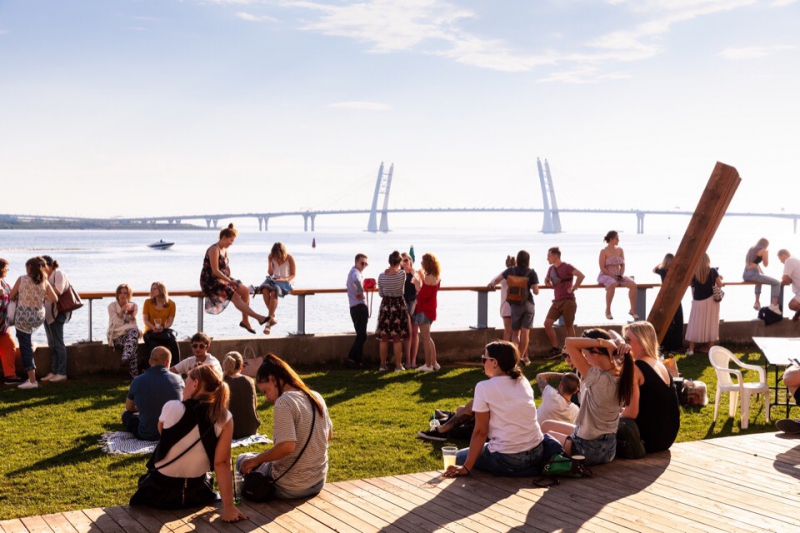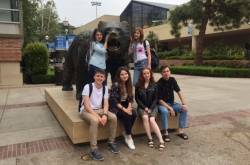A public map is an interactive map where you leave notes about your impressions, as well as map various buildings, streets and districts. These mappings are often accompanied by simple online survey forms. Such public participation GIS are now gaining momentum, as they offer a unique feature: they collect people’s subjective opinions on different spots and link them to the map, thus ensuring citizens’ involvement in collecting data about the city and country. All this makes GIS a flexible tool that works online and allows its users to get data immediately from a number of people.
Urbantrees.ru
Created by the activists of the St. Petersburg’s Trees movement and the GIS BIS company, Urbantrees.ru addresses the problem of deforestation of St. Petersburg, which is something ordinary people don’t talk much about. Over the last 50 years, people in St. Petersburg have moved underground, with over half of all traffic happening on the metro. People don’t see what’s happening with trees, they don’t remember if there ever was a tree in a particular place. Almost no one remembers that some 25 years ago many streets and quays in the city were green.
That’s why this service was created, to help people monitor the situation. You don’t need to sign up to map a tree and add it to the website’s common database. All you have to do is to fill in a form where you write the tree’s species, its width and upload its photo. In case you don’t know the species, our moderator will add this information themselves based on the provided picture. At the moment, the database included the trees added by the Russian Museum and some of the citizens, which totals to some 4,000 trees.
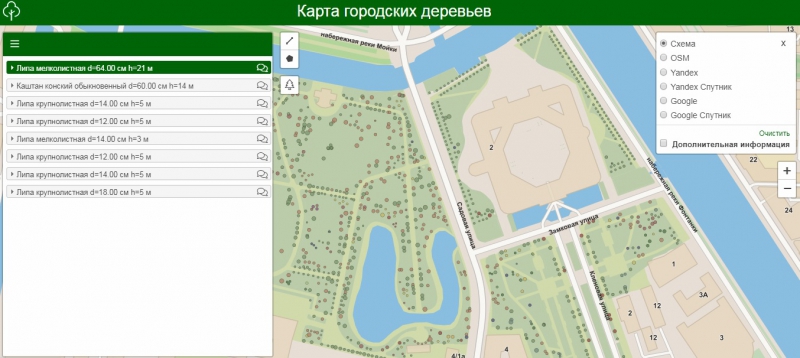
There is a layer on the map that shows the places where there used to be a lot of trees up until the 90s when they were all cut out. Among such places is Bolshaya Morskaya Street, Ligovsky Avenue, as well as the Moyka River Quay and Karpovka River Quay.
Today in St. Petersburg there are 217,000 trees (40 trees per 1,000 people and 151 trees per one square kilometer). Compared to other cities, we need a lot of catching up to do. For example, there are 433,000 trees in Berlin (100 trees per 1,000 people and 485 trees per one square kilometer), 680,000 trees in New York (80 trees per 1,000 people and 867 trees pers one square kilometer), 727,000 trees in London (90 trees per 1,000 people and 462 trees pers one square kilometer), and 270,000 trees in Amsterdam (300 trees per 1,000 people and 1,233 trees pers one square kilometer). And this situation is not getting any better. That’s why it’s so important to attract citizens to solving this problem.
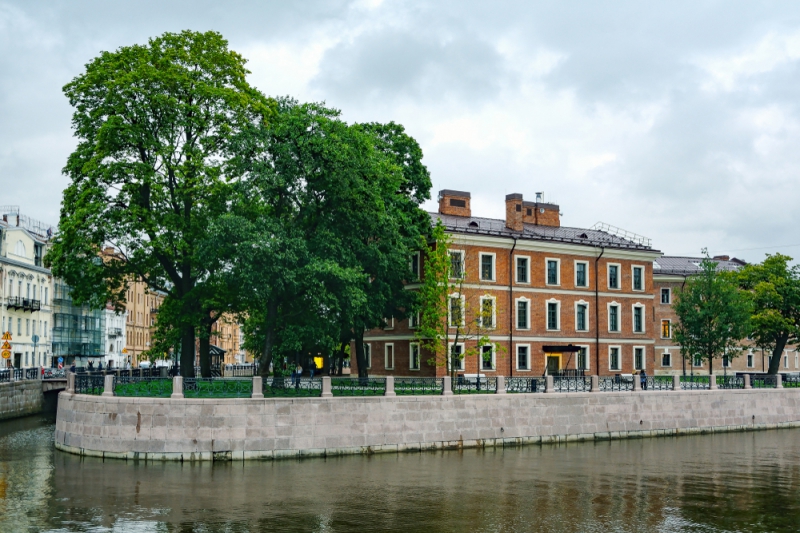
“We don’t often think about our green neighbors, and our map is an attempt to draw attention to this topical problem. We hope that in the future, the project will further develop and include new layers where citizens will suggest planting new trees,” explains Maria Tinika, the project coordinator.
Recycle map
Launched in 2011, Recycle Map is a volunteering project aimed at creating recycling drop-off spots in Russian cities. It was initiated by a group of concerned citizens who didn’t want to throw their waste away. Instead, they wanted to sort it and send for recycling. To make the process more convenient, they started sharing information about recycling spots in the city, but it was not that simple.
“The problem with recycling drop-off spots is that they are always changing: new spots emerge, and old ones shut down. That’s why it was important to create an interactive resource that would inform people about all the changes. In 2011, a special map was developed, which included all recycling spots. The project was first launched in Moscow: it started with 60 spots, which have evolved into some 5,000 spots by now. Then it was introduced to St. Petersburg, Obninsk, and other Russian cities. Today, it exists in 71 cities in Russia, with 130 moderators and 9,000 volunteers working on it,” shares Irina Vlasova, a media coordinator of Greenpeace’s Zero Waste Project.
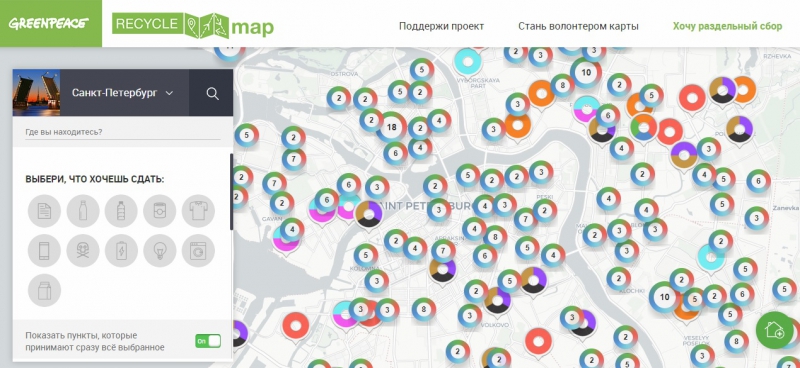
Beautiful St. Petersburg and Our St. Petersburg websites
Beautiful St. Petersburg is a movement aimed at the development of St. Petersburg’s urban environment. Launched seven years ago, the movement gained popularity thanks to its website created in 2013. The service is very simple and convenient: all you have to do to report a problem is to mark a place on the map and upload a photo with the description of the problem. Back then, it was the only tool one could use to report a problem. Of course, you could always write a formal letter, but nobody knew how to write one. Now it took only 30 seconds to let public authorities know about the existing problems.
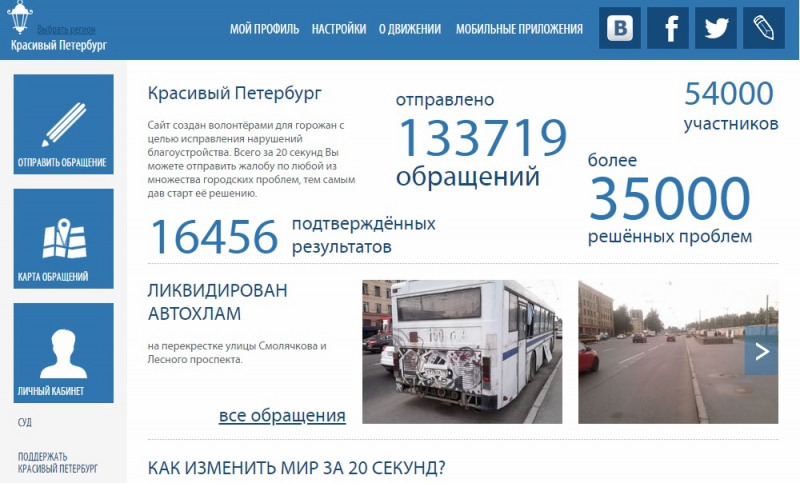
In parallel to the Beautiful St. Petersburg project, official website Our St.Petersburg was created, which is now used by citizens to communicate with the public officials instead of the Beautiful St. Petersburg website.
Imprecity: map of St. Petersburg’s Emotions
Developed by the Quality of Urban Life Lab at ITMO University’s Institute of Design and Urban Studies, Imprecity is an interactive website about St. Petersburg’s parks, streets, squares, embankments, and other public spaces. Its citizens and guests can use the map to share their perception of different locations and leave explanatory comments, which are then analyzed by researchers. At the moment, there are 2,029 marks on the map. The map indicates that people in St. Petersburg feel excited about green areas, spots near water and communication, agree about the roads and mud, are sad about ruins and emptiness, afraid of the crowd and abandoned areas, disgusted by rubbish, beer stands and beggars, and surprised by beautiful architecture, courtyards and Lakhta Center. Read more about the project here and here.
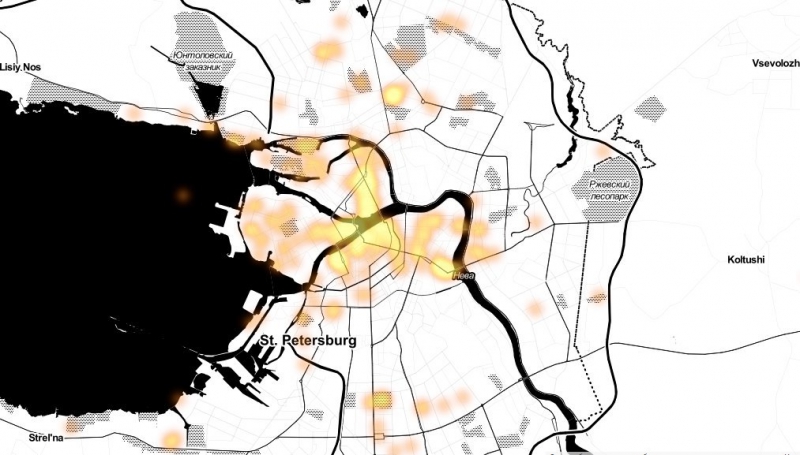
Map of vernacular regions, St. Petersburg walkability map, pedestrian simulator and route builder
You can learn more about St. Petersburg’s most appealing and depressive districts on the Livehoods map of vernacular regions, as well as St. Petersburg walkability map. Use a pedestrian simulator to make new paths appear where you need them and check out the Sight Safari route builder (learn more about the project here).
